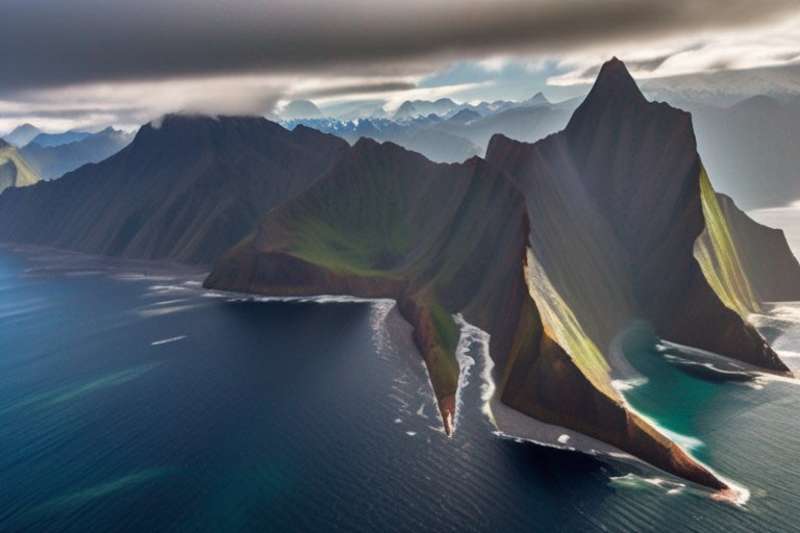
Understanding Plate Tectonics
Plate tectonics theory explains the movement of Earth's lithosphere. It consists of several large and small plates that move over the asthenosphere, a semi-fluid layer beneath.
Continents On The Move
Continental drift suggests continents are in constant motion. Alfred Wegener, the theory's proponent, was initially dismissed until plate tectonics provided a mechanism for his observations.
Earth's Dynamic Puzzle
Earth's plates fit together like a jigsaw puzzle. Their interactions cause earthquakes, volcanic activity, mountain-building, and ocean trench formation, constantly reshaping our planet's surface.
Pangea: Supercontinent Cycle
About 335 million years ago, Earth's landmasses merged into the supercontinent Pangea. Plate tectonics eventually split it apart, a process that continues to influence the Earth's geography.
Mid-Ocean Ridges Unveiled
Mid-ocean ridges are underwater mountain ranges where new oceanic crust forms. As plates diverge, magma rises, creating new crust, a process known as seafloor spreading.
Subduction Zones: Hidden Power
Subduction zones occur where an oceanic plate is forced beneath another plate into the mantle. This process recycles crust and can generate powerful earthquakes and tsunamis.
Hotspots: Volcanic Anomalies
Hotspots are volcanic regions fed by underlying mantle that is anomalously hot compared with the surrounding mantle. They create volcanic islands, like Hawaii, as plates move over them.
What underlies Earth's lithospheric plates?
Asthenosphere, a semi-fluid layer
Outer molten core of Earth
Continental crust layer
Company